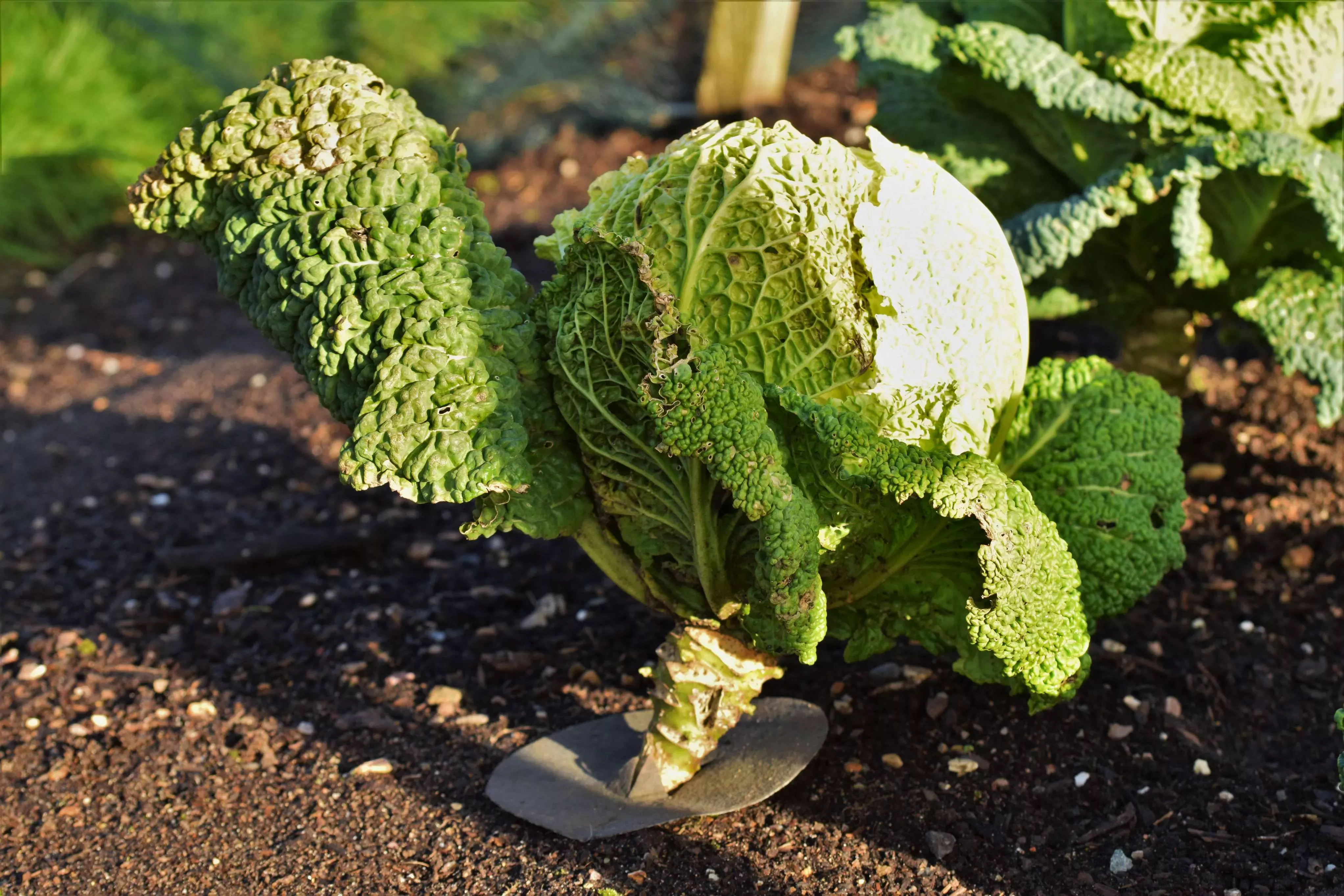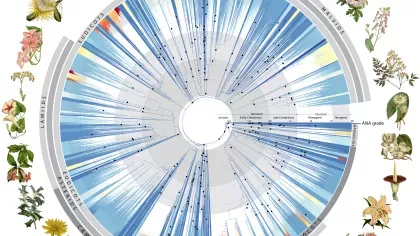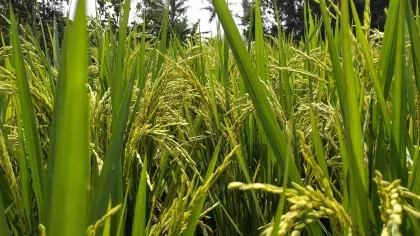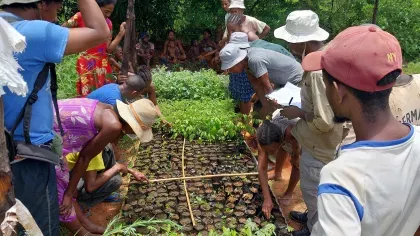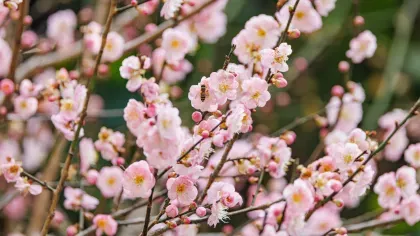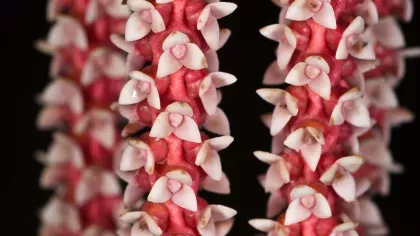16 June 2020
Things to do in your vegetable garden this summer
Botanical horticulturalist Hélèna Dove shares her top tips for your vegetable garden this summer.

From courgettes to tomatoes, vegetable gardens are bursting to life with veg ready to harvest and enjoy.
Find out how to care for your fast-growing plants and prepare for autumn.
Keep on top of watering
Summer is well and truly under way and tender plants such as tomatoes, courgettes and peppers are putting down roots and growing away speedily.
They're thirsty plants and need lots of water to keep growing quickly, so remember to keep watering them regularly. We give ours a good soaking once a week, and feed regularly with liquid feed after they're watered.

Encourage new growth
Trimming side shoots is a good way to produce more fruit, particularly for tomatoes.
Cordon tomatoes (tomatoes grown upright with a single stem) need to have their side shoots removed. This stops them putting too much energy into growing side shoots instead of producing flowers and juicy fruit.
The side shoot grows from the shoulder of the main stems, and simply need cutting off with scissors or secateurs. It's worth doing this once a week, whilst making sure the main stem is tied securely to its support.
Keep harvesting courgettes, ideally when they're around 15cm which will promote production of new fruits and give you a steady supply.
Older leaves often show signs of powdery mildew so remove these to reduce the spread of the fungus.
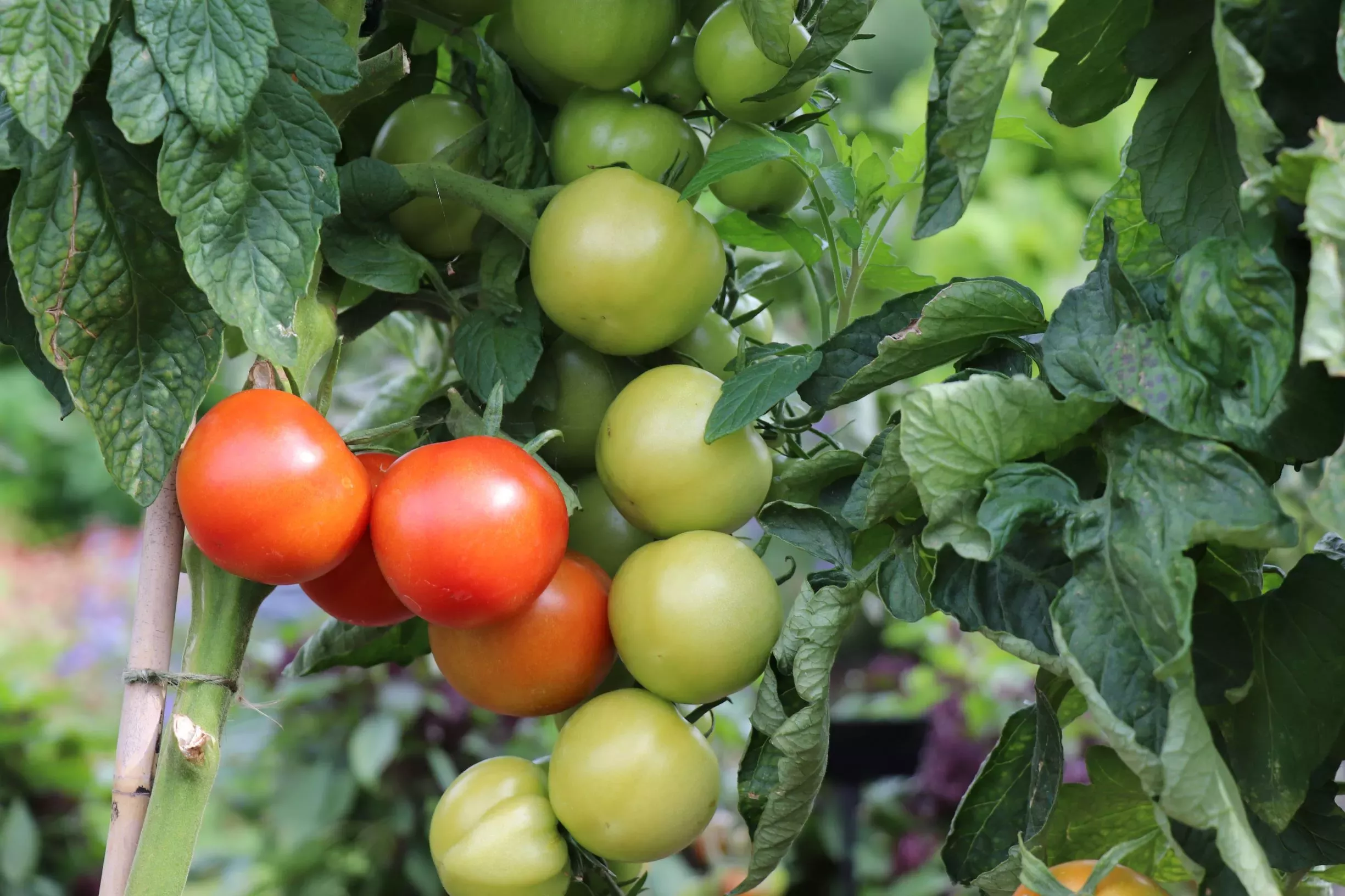
Keep sowing for a constant supply
Keep sowing radish, carrots and beetroot. Sowing a few every week means a constant supply throughout the summer for delicious fresh salads.
Your root crops planted in mid-spring, like potatoes and carrots, will now be ready for harvesting.
Keep your herb garden refreshed by sowing new seeds. Get experimental with herbs and try your hand at a new recipe or rustle up a delicious botanical cocktail.
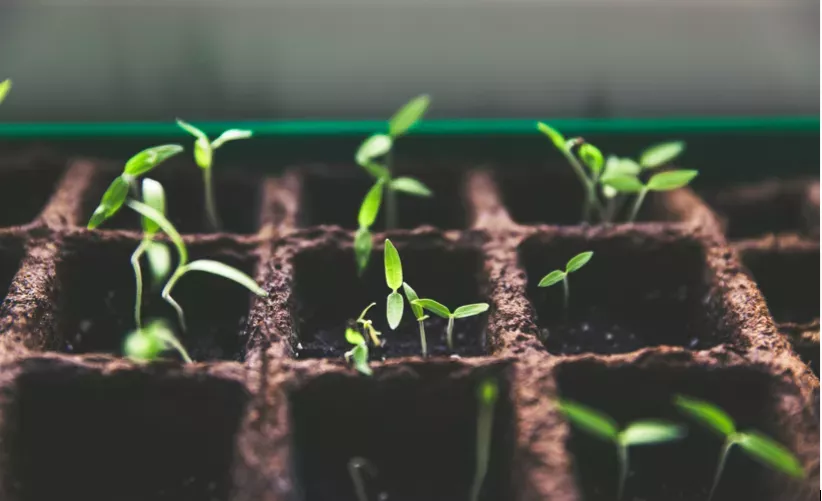
Put garden waste to good use
Remember to recycle your garden and kitchen waste in a compost heap.
You can green waste from the garden like grass clippings and young leaves to the pile, along with uncooked fruit and vegetables from the kitchen.
Mix in brown waste, like fallen leaves and cardboard, to stop the pile getting smelly.
Another way to reduce waste in your kitchen garden is to eat the edible leaves of crops.
Some crops, like beetroot, carrot and radish, have edible tops. Beetroot leaves are tasty in salads, and their stems are a close relative to chard and are high in vitamins A, K and C.
Radish tops need to be cooked but add a mustardy kick to stir fries, and carrot tops work well blended in pesto.
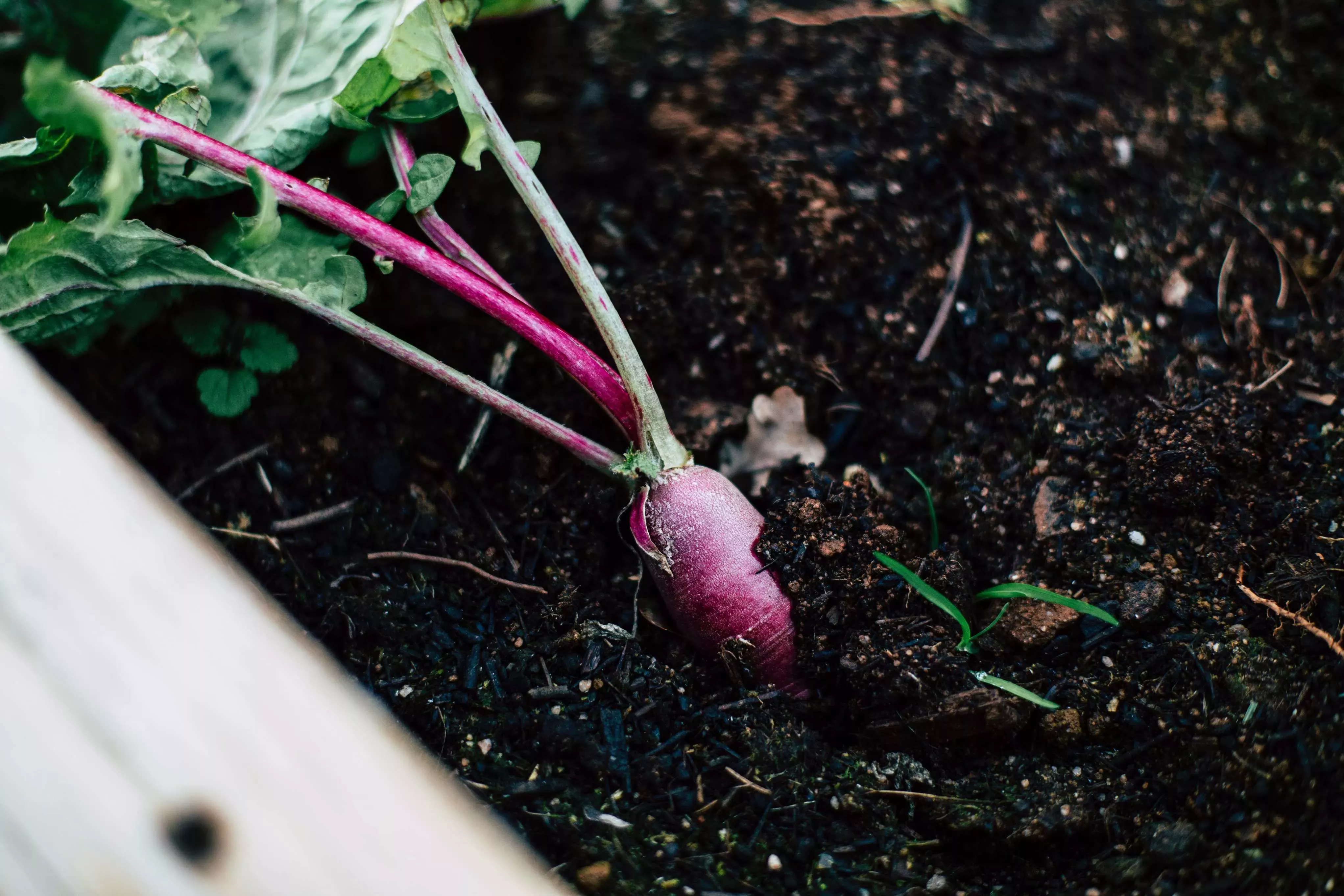
Plan ahead for autumn and winter
Balmy weather and warm summer nights make it easy to forget about autumn and winter. Now is a good time to start planning ahead.
At the end of July and beginning of August it's time to start sowing for autumn and winter crops.
Autumn carrots need to be sown now. After sowing, remember to soak them well with water and continue watering regularly until they germinate.
Florence fennel is a good veg to plant soon, and seeds can safely be grown in late summer. They're good to plant now because they won't bolt. Bolting is when crops grow quickly and set seed before the vegetables are ready to harvest, causing bitter-tasting leaves.
Winter and spring cabbages need to be put in the ground to establish and grow large before their growth rates slow with the cooler weather. Other crops to sow now include kohl rabi, swede, spinach and lettuce.
Start pulling out your seed catalogues and order garlic, broad beans and overwintering peas to sow in autumn.
For more tips on growing veg, pick up a copy of Hélèna's book The Kew Gardener's Guide to Growing Vegetables.
